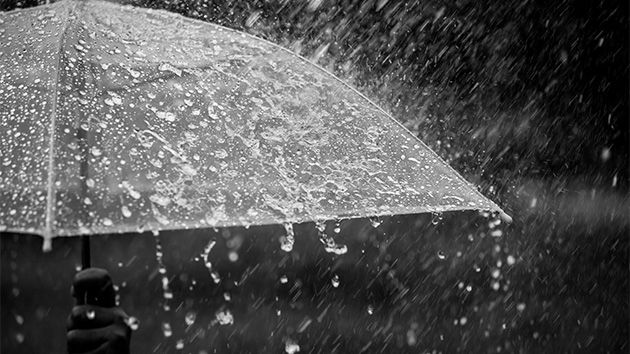TAMPA, Fla. -- Take a guess at how old the water in the glass next to you may be. It is practically as old as the planet itself, over 4 billion years old! While the water you are drinking right now may have fallen as rain recently, it could be the same water George Washington bathed in during the 1700s. It may be the same water dinosaurs sipped 66 million years ago. Now that is food for thought!
The number of water molecules remains constant on Earth but the state of the molecules changes within the water cycle, from a solid (ice), liquid (water) or gas (water vapor).
The water cycle is a critical part to life and it has been ongoing ever since the existence of Earth and it’s powered entirely by the Sun. Energy from the Sun drive this cycle which includes the process of evaporation, condensation and precipitation.
This cycle is what fuels life on Earth and it is fundamental to the weather we see every day. Rain provides water for plants, which provide us food to live. Let’s dive into the phases of the water cycle.
Evaporation: Occurs when a liquid turns into a gas. A puddle of water on the ground dries up through a process of evaporation.
What happens to the water? It becomes a gas and we call it water vapor.
Condensation: Occurs when water vapor turns into a liquid. It is the opposite of evaporation and this stage is very important in the formation of a cloud. Water vapor cools as it rises high into the sky. It mixes with tiny particles such as dust, soot, dirt and other aerosols which the water vapor can condense onto and form tiny water droplets. These particles will begin to stick together to form a cloud.
What happens when you add to much moisture to the cloud?
Precipitation: Occurs when you have a saturated cloud and the excess moisture falls to the ground as precipitation. Precipitation can be in the form of rain, snow, sleet or hail.
The rain reaches the ground and some of it drains into rivers, lakes or the ocean and the water cycle will repeat itself.
Let’s make our own rain! Here’s what you will need:
· A clear jar filled with water
· White Shaving Cream
· Blue Food Coloring
Purpose: Saturate the cloud to where it begins to precipitate.
1. Fill the jar with water leaving a little bit of space on top for the shaving cream.
2. Place the shaving cream on top of the water. This will serve as our cloud.
3. Start adding drops of food coloring into the cloud. This simulates adding moisture to the cloud.
4. Keep adding drops of food coloring to the cloud. When the cloud becomes saturated, you will see it rain. The cloud will become so saturated that it cannot hold any more moisture and therefore it precipitates.
Pretty cool, isn’t it!



